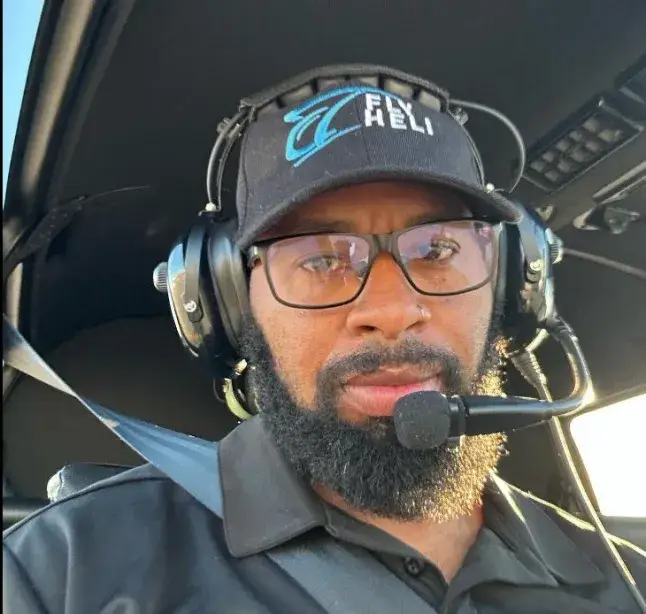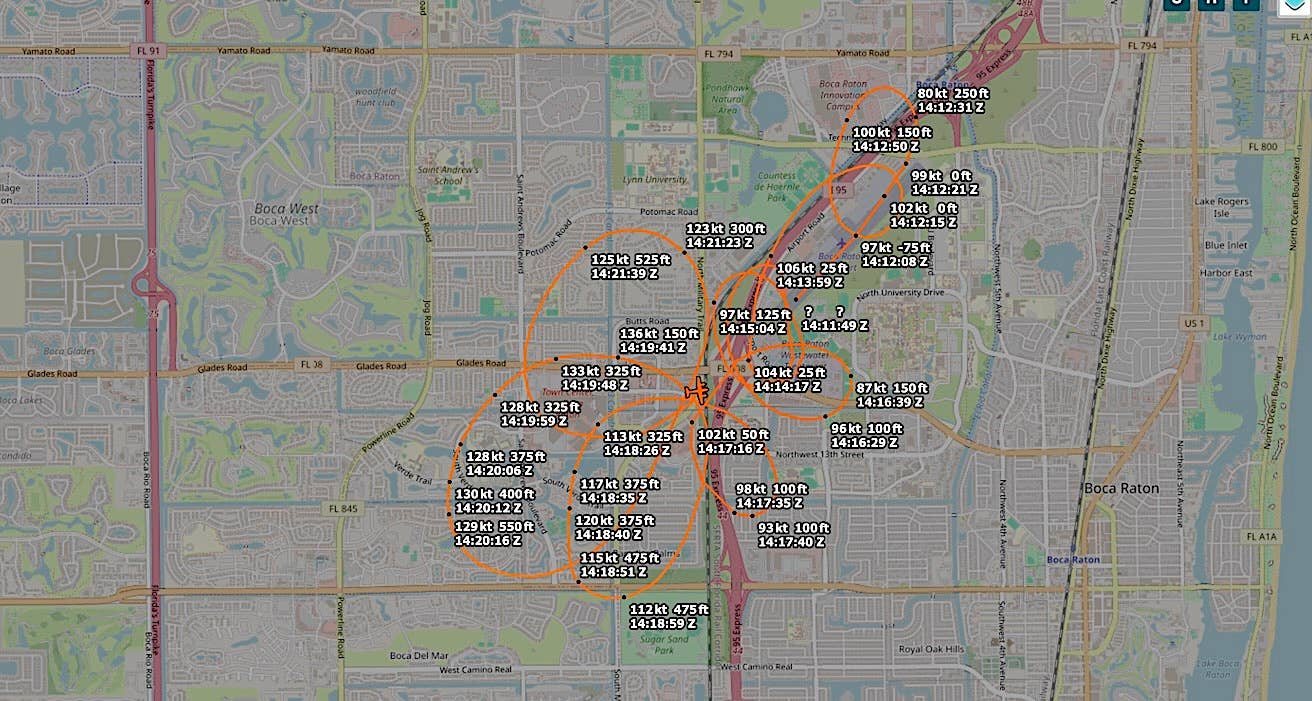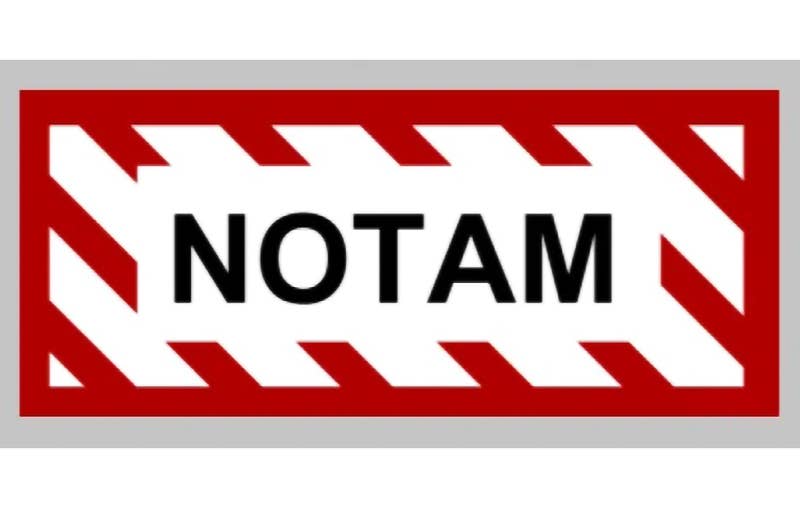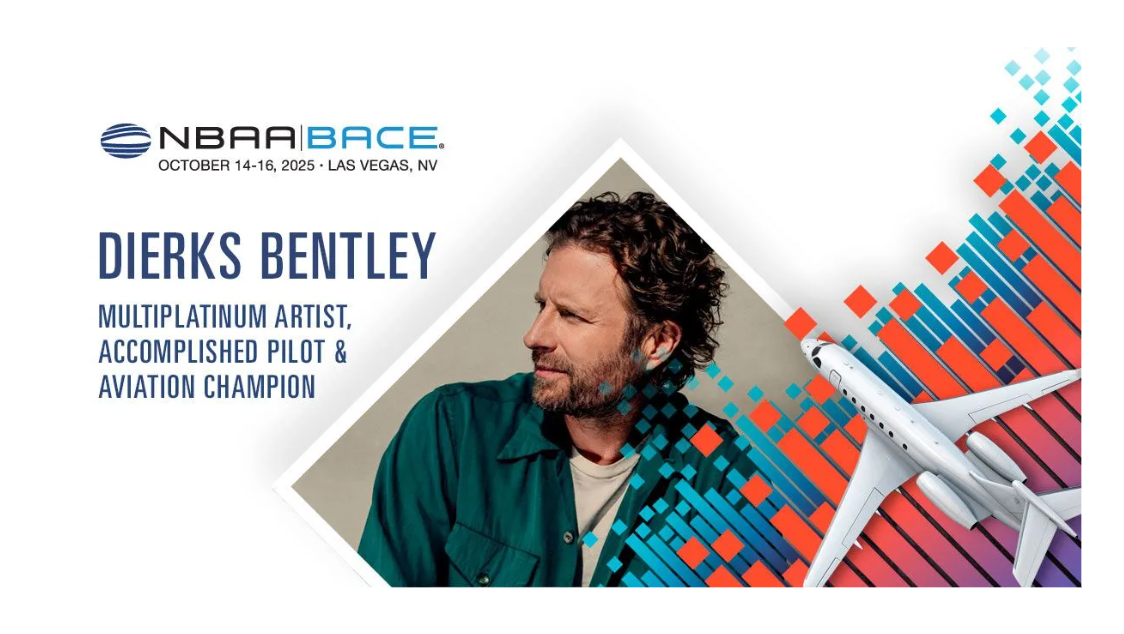FAA Wraps Up Blue Origin Launch Crash Investigation
The FAA has officially closed its investigation into the crash of Blue Origin’s New Shepard suborbital rocket system shortly after launch on Sept. 12, 2022. According to the agency, the…
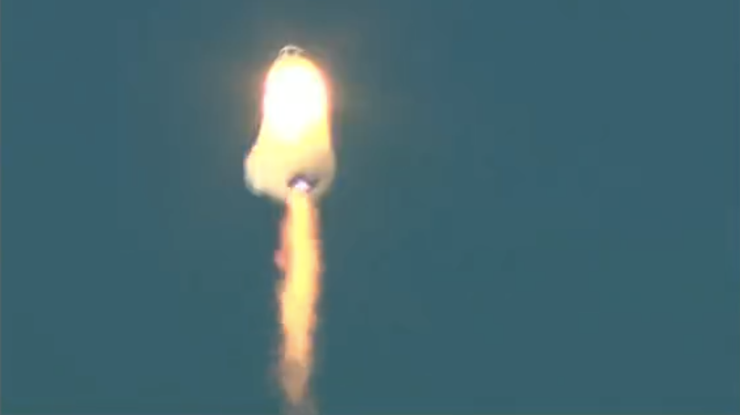
The FAA has officially closed its investigation into the crash of Blue Origin’s New Shepard suborbital rocket system shortly after launch on Sept. 12, 2022. According to the agency, the loss of the uncrewed research mission was the result of the “structural failure of an engine nozzle caused by higher than expected engine operating temperatures.” The FAA grounded New Shepard pending the results of the investigation and is requiring Blue Origin to complete 21 corrective actions, to include the redesign of engine and nozzle components and undisclosed organizational changes, before the company can resume launch operations.
“The closure of the mishap investigation does not signal an immediate resumption of New Shepard launches,” the FAA said in a statement. “Blue Origin must implement all corrective actions that impact public safety and receive a license modification from the FAA that addresses all safety and other applicable regulatory requirements prior to the next New Shepard launch.”
As previously reported by AVweb, the vehicle’s abort system activated as designed following the failure, allowing the capsule to separate from the propulsion system. The capsule made a safe parachute landing and the propulsion module was destroyed on impact. The FAA emphasized that all debris landed within the launch’s designated hazard area and “public safety was maintained at all times with no injuries or public property damage.” The agency noted that the mishap investigation report will not be publicly released since it contains “proprietary data and U.S Export Control information.”

